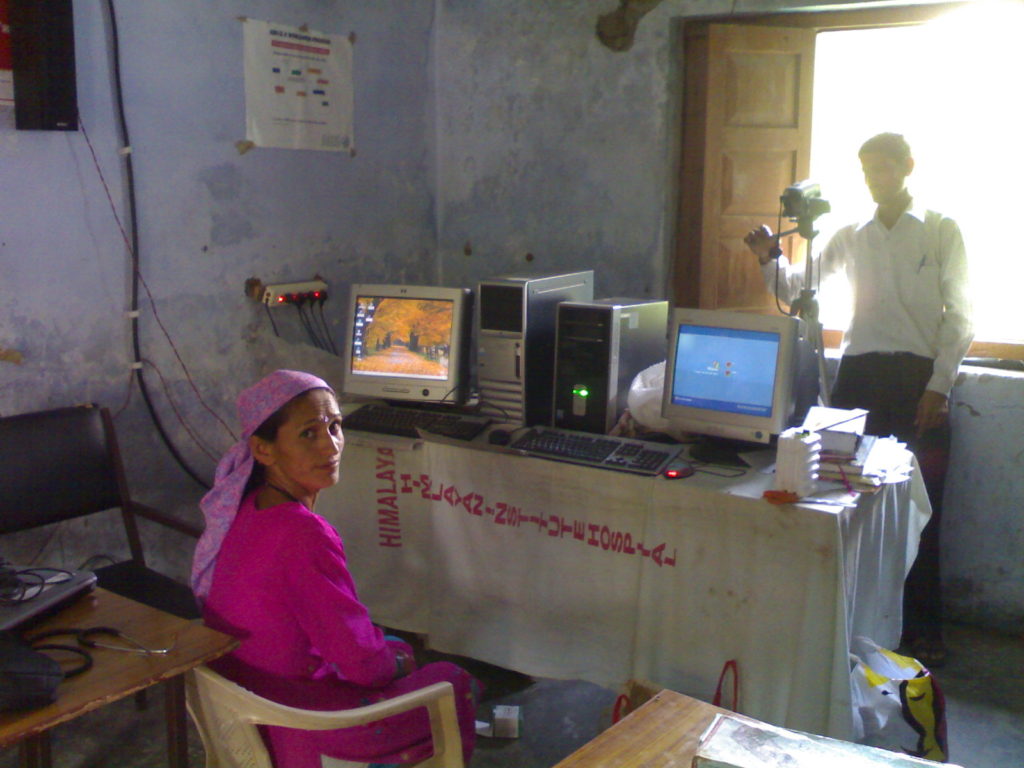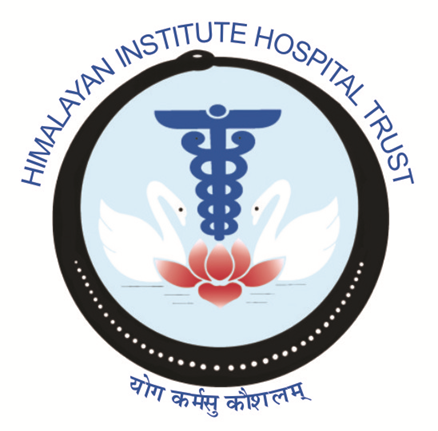Incorporating information technology in community health programs has one unique feature; both clients and providers save enormous amount of time, energy and cost. At the same time it increases the number of beneficiaries for health services in remote areas. To make the services cost-effective for common people, Rural Development Institute has adopted various strategies which can improve the quality of health care as well as reduce the workload of frontline health workers so that they can work effectively and efficiently. Since inception, the organization believes that technology can play a crucial role to make quality health care accessible in the remote places of mountain areas. The technology will not only ensure access but it will also reduce the delay in decision, reaching health care facilities as well as receiving appropriate health services which can reduce morbidity and mortality significantly.

The Institute started first digital based Village Resource Centre (VRC) for providing tele-services in Healthcare, Education, Livelihood and Agriculture in collaboration with the Indian Space Research Organization (ISRO) in 2008. The program was implemented through partner NGOs based on the concept of Village Recourse Centre. Indian Institute of Remote Sensing (IIRS), Dehradun acted as the regional coordinator for Uttarakhand, and 16 Village Resource Centers were established and worked under the leadership of HIHT which was made the Expert center for Tele Medicine and Tele education. GB Pant Agricultural University, Pant Nagar, provided its consultations for agricultural activities. 6 VRCs were directly facilitated by RDI, HIHT and 10 other were managed by partner NGOs. It was a unique program in which around 10000 individuals were served on health, education, livelihood and agricultural through more than 90 tele consultation sessions. The participation and interest of the common people on this tele consultation sessions were really appreciable, people got solution from various experts at their doorsteps.

In 2010, Mobile application was used to educate and provide family planning services in Dehradun district. The application made significant change in the reduction of unwanted pregnancies across the age group of eligible couples, reduced the work load of frontline health workers and significantly increased the utilization for temporary contraceptives. Rural Development Institute also served maternal child health services in Pauri district through the mSakhi application. The program enhanced capacity of existing frontline health workers and streamlined the overall data collection processes through the end users. It enormously helped existing public health system to ensure the delivery of health services during antenatal and postnatal period.
In 2019, Centre based Telemedicine was started through Himalayan Sanjeevani Clinic at Toli village of Jaiharikhal block of Pauri district. The clinic based centre is serving around 10000 rural population of Pauri Garhwal. In last one year, centre has ensured secondary medical consultation (specialist services) to 5670 patients. The unit also played a crucial role during the lockdown and post lockdown period and delivered primary health care for entire block. During COVID-19 in May 2020 Himalayan Hospital also came up with telemedicine App based on the theme “Asptal Aapke Dwar- Ghar Baithe Upchaar” i.e “Hospital at your doorstep”. The App for tele-consultation is known as “HIM Sanjeevani” App, which is a joint initiative of Himalayan Hospital and Moxie Labs Pvt. Ltd. the App has features for booking appointments with doctors of Himalayan Hospital from the departments of Medicine, Pediatrics, Cardiology, Neurology, Cancer patients at a very nominal rate.
The experiences reveled that people and community are ready to adopt new technology and processes at each and every level. It depends on us how and in what capacity we want to involve them. There is need to involve these groups in the early stages of developing such types of applications. If we will address their actual concerns through the application, they might adopt it more positively. Tele consultation just provides consultation and treatment but also provides opportunity to understand the disease patterns, frequency, cost and outcomes.
The Institute is continuously working on various telemedicine models and trying to formulate the best model for the remote people. Recently Rural Development Institute has developed a new application of telemedicine which is friendlier to frontline health workers – ASHAs (Accredited Social Health Activist). The pilot of the application has been completed and result indicated that it will become more popular and useful for common people because it is tablet based, easy to handle, movable and cost effective.
The Coronavirus pandemic made us realize the importance of telemedicine, which is crucial especially for people residing in remote areas who are deprived of essential medical services. Even with some challenges like technical flaws or network issues, telemedicine is slowly gaining its place and still poses a lot of benefits. The journey and experiences are indicated that it will become an essential part of next generation health system and play a crucial role to achieve the goal of Health for All.
Dr Rajeev Bijalwan & Dr Neha Sharma
